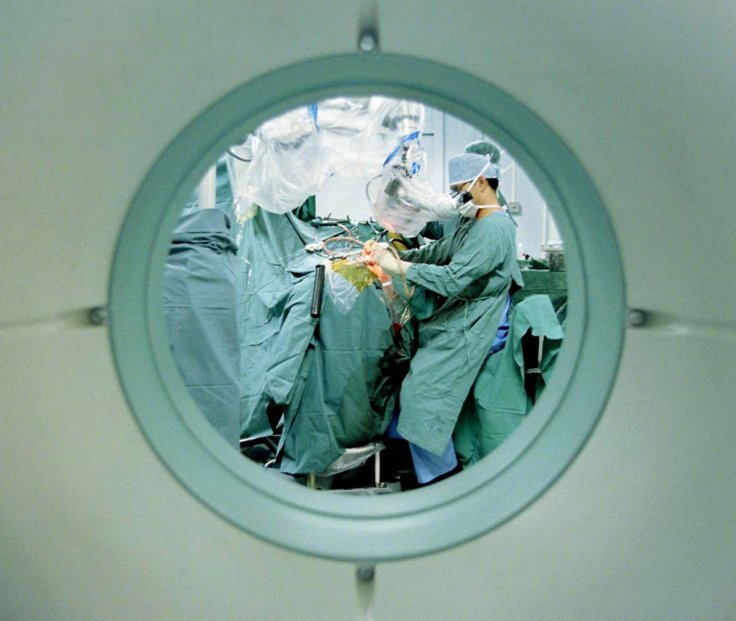
People with acute trauma such as a gunshot wound or stab wound would be placed in suspended animation for the first time to fix traumatic injuries that otherwise caused death. The emergency preservation and resuscitation (EPR) technology, called a "little surreal" when doctors first did it, is also carried upon patients with cardiac arrest where they are rapidly cooled to 10 to 15 degrees Celsius by replacing all of their blood with ice-cold saline.
Samuel Tisherman from the University of Maryland School of Medicine said his team had placed at least one patient in suspended animation, but refused to reveal how many had survived as a result. The technique, officially approved by the US Food and Drug Administration, is carried out at the University of Maryland Medical Centre in Baltimore to revive patients whose hearts had stopped beating and they had lost more than half their blood.
The doctor said the extremely critical patients had only minutes to operate, with a less than 5 percent survival chance. Tisherman said the patient's brain activity almost completely stopped during the procedure, and they were disconnected from the cooling system for their body — otherwise be classified as dead— to be moved to the operating theatre.
Surgeons, before they're again warmed up to restart their heart, have less than two hours to fix the injuries, the New Scientist reported. Human body cells at a normal temperature of 37 degrees Celsius need a constant supply of oxygen to produce energy. Tisherman, who hopes to be able to announce the full results of the trial by the end of 2020, says the blood no longer carries oxygen to cells if a heart stops beating.
The brain can only survive without oxygen for about five minutes, explains the medic, but lowering the body temperature slows or stops the brain by stopping all the chemical reactions in our cells, which then need less oxygen. Tisherman plans to compare 10 people who received EPR with another 10 who were eligible for the treatment but did not go through the procedure due to unavailability of experts at that particular moment.
The FDA has exempted the procedure from needing patient consent as the participants' injuries are likely to be fatal and there is no alternative treatment. Tisherman started to investigate ways in which cooling might allow surgeons more time to do their job when a young patient during early years of the doctor's career died after being stabbed in the heart.
"He was a healthy young man just minutes before, then suddenly he was dead. We could have saved him if we'd had enough time," said the doctor. Pigs with acute trauma in animal studies can be cooled up for three hours and then stitched up and resuscitated, said Tisherman, underscoring the need for the procedure to be taken on patients.
"We can expand the utility of this technique once we prove it works here. It will help survive patients that otherwise would not," he continued. He added that the doctors through the procedure were only trying to buy themselves more time to save lives.
The doctor added it was not clear as to how long a body could be in suspended animation as a person's cells, as they warmed up, experienced reperfusion injuries that damaged the cells because of a series of chemical reactions.
He said the longer a body was without oxygen, the more damage occurred, and stressed the possibility to give patients a cocktail of drugs to help minimise these injuries and extend the suspension time.
According to Ariane Lewis, director of the division of neuro-critical care at NYU Langone Health, it needs to be seen whether or not the technique works and then we can start to think as to how and where it can be used.









